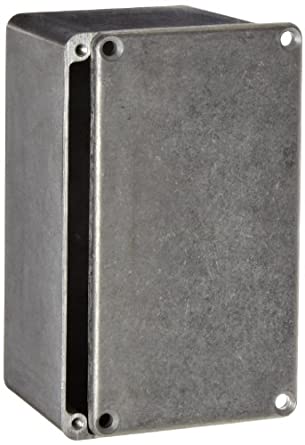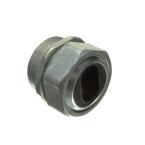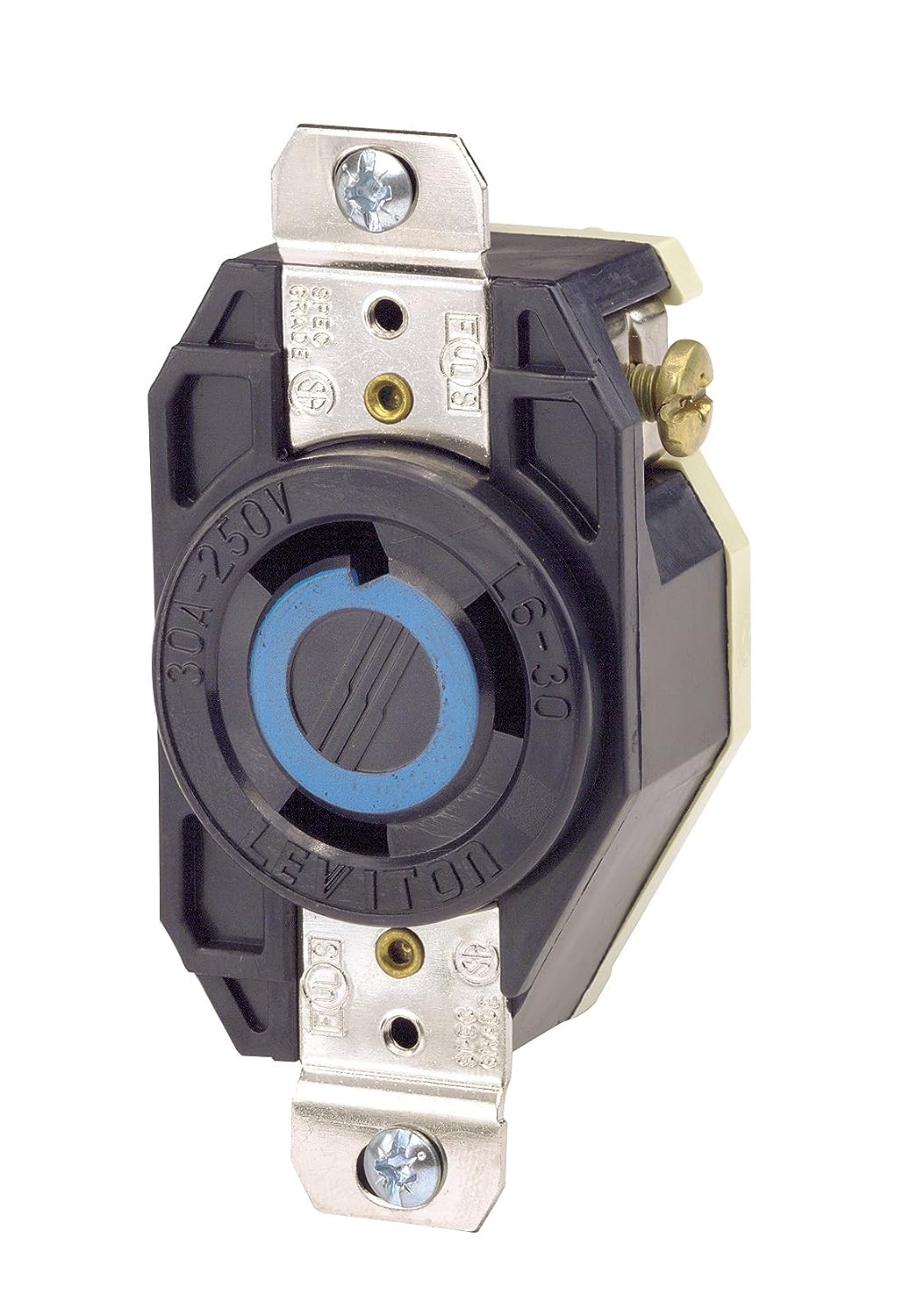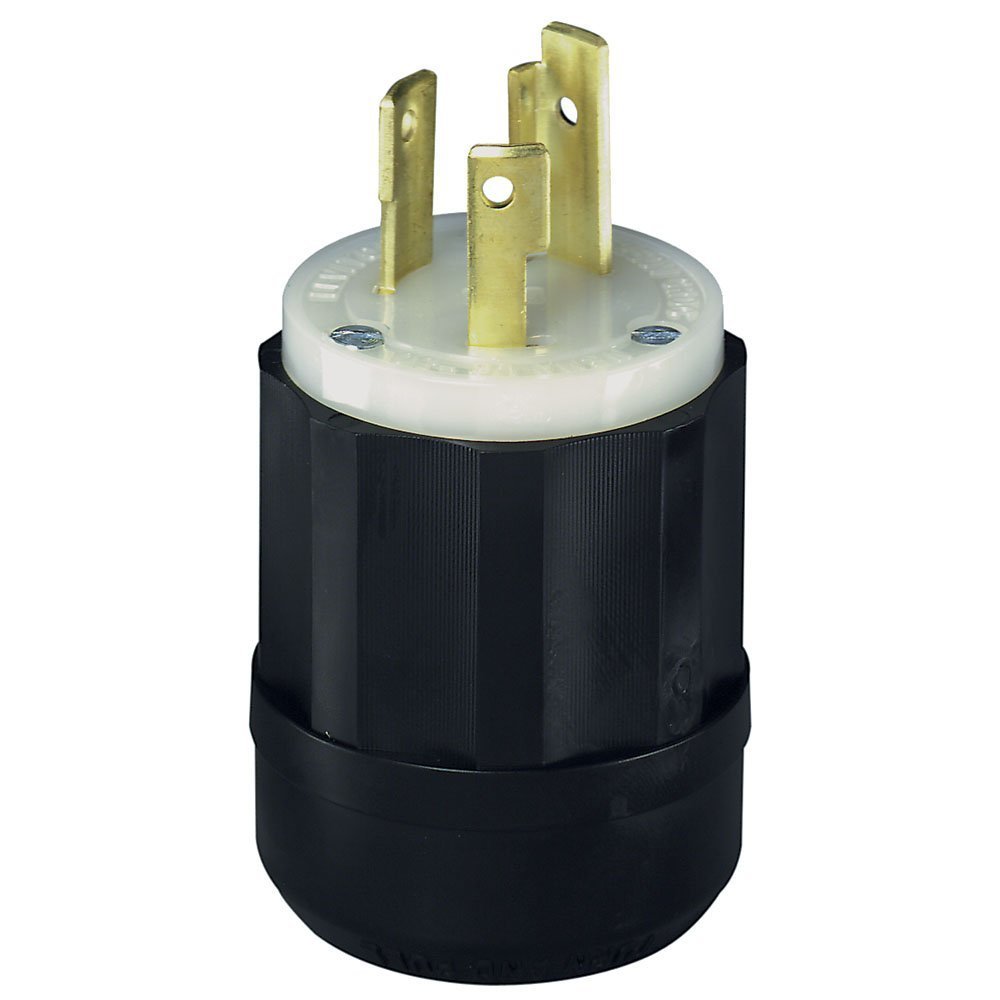Maybe I read his post wrong, but in one of the links posted it showed a ferrule for soldering onto a keggle, I assumed that was what the discussion was about.
If it was really about soldering the actual element to the keg I wouldn't duggest doing that
Ok this is what I intend to do:
1. A coupling is soldered to a keggle/pot.
2. An element is screwed in to a bushing.
3. The threaded connection between the element/bushing is soldered. The bushing/element are now ONE PIECE. I am not soldering plastic, I am soldering the metal threads of the element to the face and threads of the bushing
4. You thread the bushing in to the coupling to seal, install, or remove the element.
This way it is absolutely impossible (provided the soldering is done correctly) for water to reach the leads of the element. Therefore, if a leak does happen, it's along the bushing-coupling threads, where it will accumulate at the hex portion of the bushing and drip. This results in a connection that has a minimal chance of leakage (through threads only, not relying on a gasket seal), and has a less severe outcome when the leak occurs (you can see the leak, you can tighten immediately to stop the leak, no short/GFCI, brewing can continue easily, etc...)
Does this make any sense? If you screw an element in to a coupling, water can leak along the threaded connection, and reach the leads of the element. If a seal (solder) is made at the threads of the element, its impossible to have a short.










